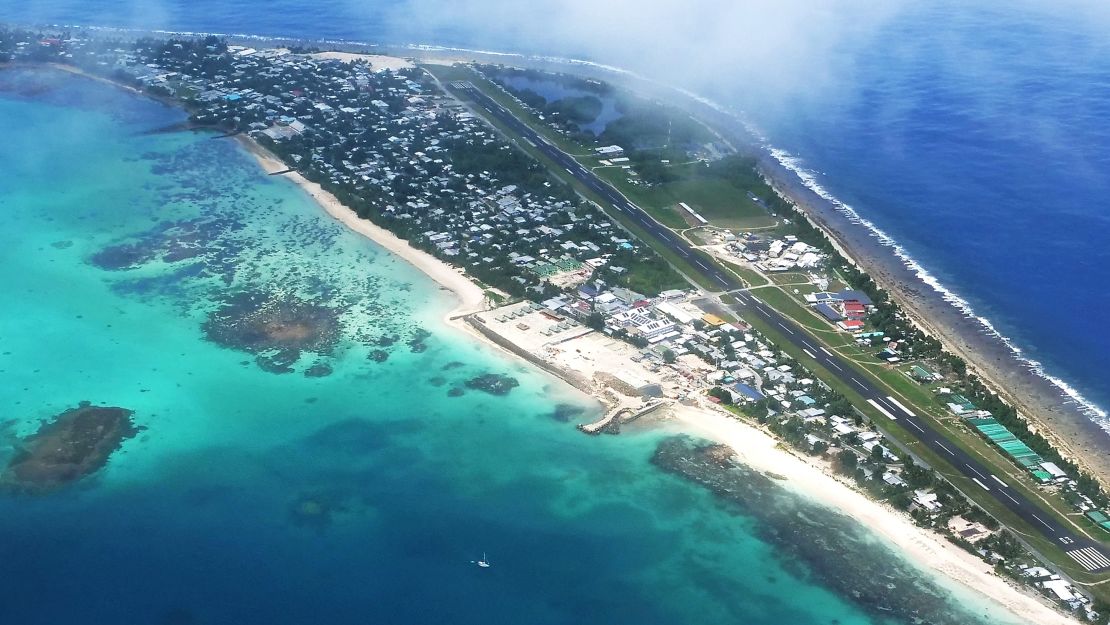Understanding Mountain Bike Suspension Travel
When it comes to mountain bikes, suspension travel plays a crucial role in determining their performance. Suspension travel refers to the amount of movement that a suspension fork or rear shock can provide. It is measured by how far the wheel axle moves in a vertical or near-vertical plane as the suspension compresses.
The amount of suspension travel varies depending on the type of riding the bike is designed for. It can range from 80mm to 200mm, with different disciplines requiring different travel lengths. While more travel may seem beneficial for absorbing bumps, it can be a disadvantage if you do a lot of climbing or prefer a lightweight and responsive bike.
Choosing the right amount of travel for your needs can be challenging, but there are several factors to consider. Your riding style and the type of trails and terrain you’ll be tackling are important considerations. Bike manufacturers design mountain bikes with different travel lengths tailored to specific terrains or riding disciplines, making it easier to determine the appropriate travel length for your needs.
Cross-Country Mountain Bikes
Cross-country mountain bikes are designed for high-level, fast races where lightness and pedaling efficiency are crucial. These bikes typically feature 80mm to 100mm of suspension travel. However, as cross-country race courses have become more extreme and technical, it is now common to see bikes with 120mm of travel front and rear. The use of less suspension travel allows for a lighter frame construction, making it easier to tackle inclines commonly found in cross-country races.
Short-travel forks are commonly used on cross-country bikes to reduce weight. These forks have a lighter chassis and narrower stanchions, providing a balance between weight savings and performance. However, they may lack the ability to absorb larger bumps compared to long-travel forks.
Downcountry Mountain Bikes
Downcountry bikes aim to combine the efficiency of cross-country bikes with the downhill capability of trail bikes. These bikes typically have 110mm to 130mm of suspension travel. The slightly increased travel compared to cross-country bikes allows for better performance on descents while still maintaining good pedaling efficiency. Downcountry bike frames can be lighter than trail bikes, as they require less material due to lower demands on frame strength.
Trail Mountain Bikes
Trail bikes are one of the most popular types of mountain bikes, offering a balance between enduro bikes and cross-country bikes. They typically feature 120mm to 160mm of suspension travel, making them capable on descents while still being efficient on climbs. The amount of travel needed depends on the terrain and trails you ride, with longer travel being suitable for more challenging trails. Trail bikes often have mid-sized stanchions for better handling and direct steering inputs.
Enduro Mountain Bikes
Enduro bikes are designed for enduro racing, which involves multiple downhill stages within a set time limit. These bikes have 150mm to 180mm of suspension travel, providing excellent performance on technical descents while still offering a decent pedaling platform. Enduro bikes require a robust frame construction to handle the demands of downhill trails. Forks with thicker stanchions provide rigidity and stability for better handling in gnarly terrain.
Downhill Mountain Bikes
Downhill bikes are specifically designed for riding downhill and do not need to be pedaled uphill or on flat terrain. These bikes feature the longest suspension travel, ranging from 180mm to 200mm, to protect riders from large impacts. Downhill frames are built to withstand the demands of downhill trails, resulting in heavier frames. Thicker stanchions in the forks provide rigidity and stability for extreme terrain.
Electric Mountain Bikes
Electric mountain bikes are heavier due to the addition of a battery and motor. These bikes can be categorized based on the other disciplines mentioned above and typically feature the suspension travel associated with that discipline. e-MTB specific forks and shocks are designed to handle the heavier weight of electric bikes.
Conclusion
Choosing the right amount of suspension travel for your mountain bike is essential for optimal performance. Consider your riding style, the type of trails you’ll be tackling, and the specific discipline you’re interested in. By understanding the different categories of mountain bikes and their typical suspension travel lengths, you can make an informed decision and find the perfect bike for your needs.
About the Author
“As an avid mountain biker and enthusiast, I have spent years exploring various terrains and riding disciplines. Through my experiences, I have gained valuable insights into the importance of suspension travel and its impact on bike performance. I hope this article has provided you with useful information to help you choose the right mountain bike for your needs.”

George Barham, an accomplished journalist and avid gambling enthusiast, serves as the esteemed Editor-in-Chief at fly-to-australia.com, Australia’s leading source for comprehensive gambling news and insights. With an unwavering passion for both the written word and the ever-evolving world of betting and gaming, George brings a wealth of knowledge and expertise to the helm of our editorial team.



